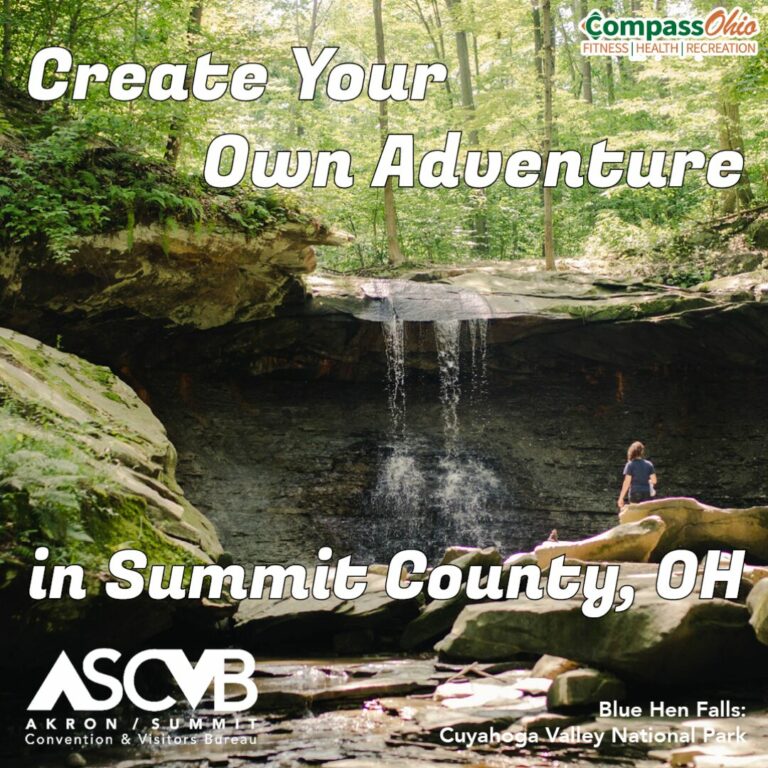
Often when people complain of “summer allergies” they are referring to various symptoms that can affect the nose and sinuses that collectively are termed rhinitis. Rhinitis is the inflammation and irritation of the soft tissues that line the nasal airways. Rhinitis can result from numerous causes, including breathing in irritating fumes or dusts, viral illnesses like the common cold, or allergic reactions to environmental molecules such as tree pollens or pet dander. No matter the cause, the end result of rhinitis commonly involves symptoms such as sneezing, runny nose (rhinorrhea), post-nasal drip, and itchiness of the nose or eyes. When these symptoms arise from exposure to indoor or outdoor environmental molecules (termed allergens), we label it as “allergic rhinitis.”
Allergic rhinitis has a major impact in the United States in terms of financial burden on the health care system, lost productivity at work, doctors’ visits, and costs of prescription and over-the-counter medicines. By some estimates, 5-20 billion dollars annually are spent on allergy management.
The numbers increase dramatically if food allergy is included. Indeed, “anaphylactic reactions” or overwhelming allergic reactions which threaten life by causing dramatic swelling of the lips, tongue or other airway tissues are mostly the result of ingesting foods or medicines into the body. For this article, we will focus on those allergic problems that primarily result from inhalant, or nasal, allergies.

As opposed to other causes of rhinitis, allergic rhinitis results from exposure to molecules that should not otherwise cause humans problems. These molecules become a problem, though, if an individual has at some point in the past mounted an immune reaction against these molecules.
This typically involves the generation of antibody molecules in the blood designed to recognize the offending environmental molecules and stimulate an attack against them. The end result of most allergic reactions is the release of histamine from a particular collection of white blood cells called mast cells. Histamine stimulates various reactions in the surrounding tissues, including the expansion of blood vessels leading to nasal or sinus congestion, leaking of tissue fluid and production of mucus resulting in a rhinorrhea or post-nasal drip, itchy irritation of tissues, and sneezing, itself designed to expel offending agents.
Some allergens are most prevalent only during certain times of year. For instance, common tree pollens from deciduous trees usually are most problematic in the spring, when trees are pollinating. Grass allergies are typically the worst during late spring to early fall. Weed allergies can be throughout the warmer seasons, but often are heightened in the autumn. We label these problems as seasonal allergies, and they are usually not a considerable problem after the first few frosts in the fall and throughout the cold winter months.
Indoor inhalant allergies, such as those involving house dust, dog and cat dander, or molds, are termed perennial or year-round allergies as there is unfortunately no respite from these household contaminants.
For some patients with inhalant allergies, these common symptoms can simply be a nuisance, or they can dramatically impair quality of life. Persistent sneezing or rhinorrhea can be socially embarrassing. Nasal congestion can lessen one’s taste sensation. Aural fullness, or ear pressure, causes discomfort or pain associated with a persistent feeling of clogged ears and muffled hearing.
These symptoms result from nasal congestion that also involves the Eustachian tubes, which connect the back of the nose to the middle ear. Nasal congestion can also hinder sports performance and endurance. Persistent inflammation in the nose and sinuses from allergy also predispose patients to recurrent or chronic bacterial sinus infections as secretions become trapped in the sinuses.
A typical doctor’s visit for these complaints should include a full history and a physical exam of the ears, nose and throat. Important questions to have answered are whether there are certain times of year that are worse than others, any changes in living or working environments, possible exposures to molds, as in basements or even wet leaves, pet exposures and smoking history, among others.
Your doctor should take note of any middle ear fluid, inflammation or discoloration of the nasal tissues, or signs of post-nasal drip such as inflammation of the back of the throat. If a good history for inhalant allergies starts to emerge, your doctor will most likely try a course of allergy medicines and try to gauge its effectiveness. If there is a sufficient reduction of symptoms, and there is a definite season when symptoms are present, the treatment strategy may be as simple as prescription or even over-the-counter medicines during the problematic time of year. If symptoms persist year-round, as in perennial allergies, a more thorough investigation may be warranted.
Allergy testing seeks to specify what inhalant molecules a patient is allergic to, and how severely they react to them. This allows your allergy doctor to tailor medical therapy for certain times of year, or it can indicate the need for more aggressive medical or other therapies. Allergy testing can involve drawing a blood sample for a laboratory test. More often it will involve a skin test wherein small concentrations of purified preparations of allergens are introduced into the patient’s skin with small painless scratches and monitoring for hive-type reactions.
By and large, there are three main tools at your allergy doctor’s disposal to combat your allergic reactions. Nasal sprays containing steroid or antihistamine medicines are the mainstay for first-line allergy management. Some of these medicines have recently become available over the counter, while some remain prescription. Side effects are rare but can include nasal bleeding and smell disturbances. Secondly, oral antihistamine medicines are widely available over the counter and include brand names such as Claritin, Allegra, or Zyrtec. These medicines are typically well-tolerated, but common adverse effects include drowsiness and dry mouth. Lastly, your doctor may believe allergy shots, or immunotherapy, is necessary to control the allergic response.
Allergy shots are comprised of the careful injection of minute concentrations of purified allergens into the body in an attempt to stimulate a secondary antibody response designed to dilute out the effects of the initial allergic antibody response. Immunotherapy is widely effective at lessening the symptoms of allergy and lessening the need for oral antihistamine medicines. Furthermore it can often lead to long-lasting control of allergies well after the course of administration of the shots, which is typically 2-3 years at least.

In conclusion, allergic rhinitis is a common and potentially significant quality of life problem for adults and children. Many allergic patients will respond well to simple and affordable medicine regimens, perhaps even without a prescription or allergy testing. Some patients however are well-served to undergo specific allergy testing and carefully tailored allergy treatments.
Medical allergists may be family practice or intensivist doctors, but Otolaryngologists, ears, nose, throat (ENT) doctors, are also often involved in allergy management as they are typically the experts in the medical and surgical management of the nose and sinuses.
Summer Allergies






